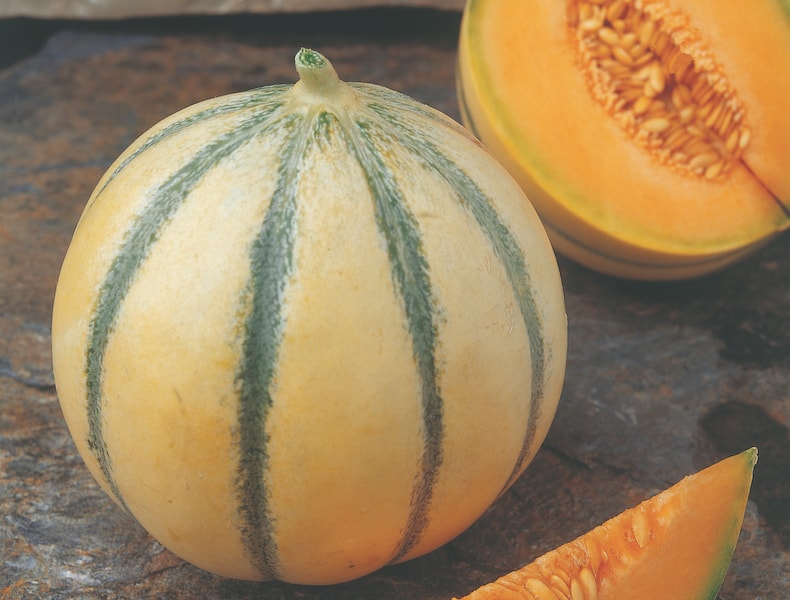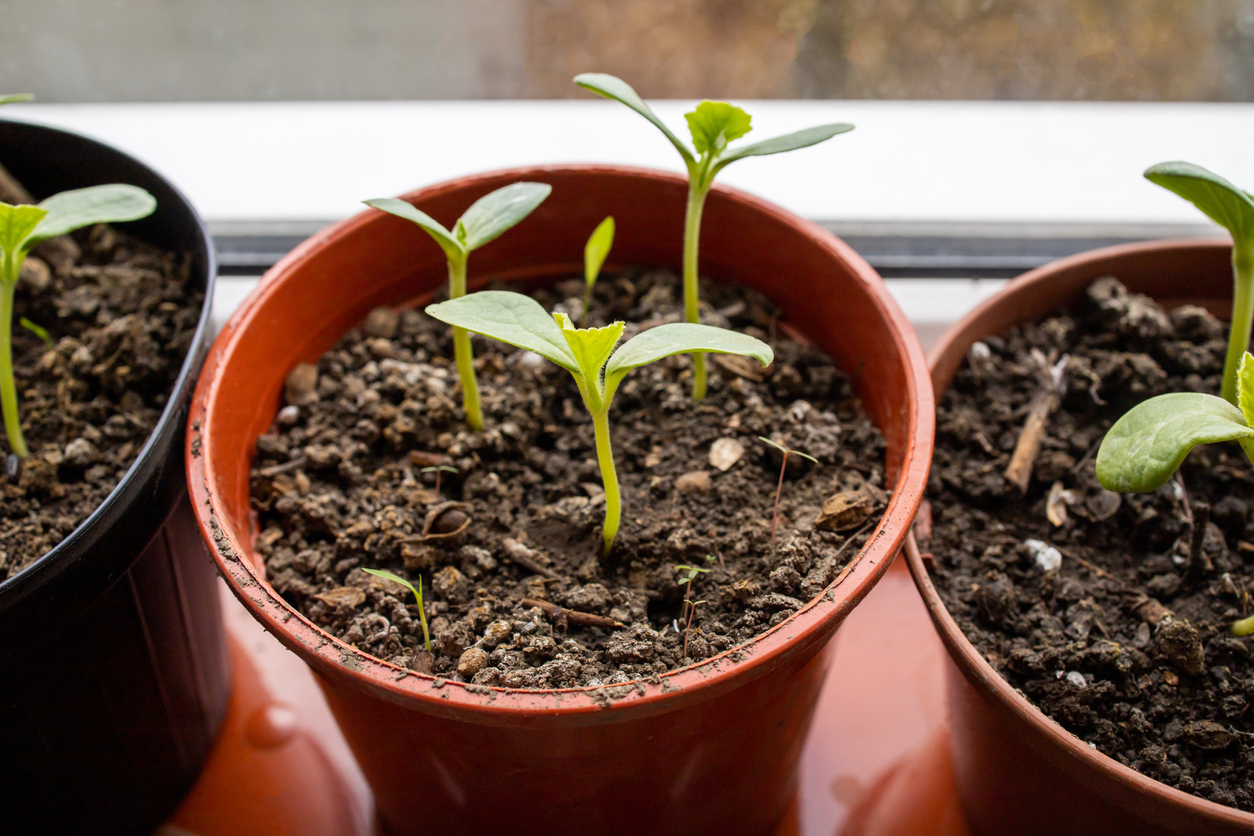Choosing the Right Variety for Your Climate
When learning how to grow melons from seed, selecting a melon variety that is suitable for your region’s climate and growing conditions is crucial for success. Different melon varieties thrive in different environments, and choosing the right one can make all the difference in the quality and quantity of your harvest. For example, ‘Cantaloupe’ and ‘Honey Rock’ are popular varieties that thrive in warm, dry climates, while ‘Earli-Glow’ and ‘Sugar Baby’ are better suited for cooler, more temperate regions. By understanding the characteristics of different melon varieties, you can make an informed decision that will ensure a bountiful harvest. Some key factors to consider when selecting a melon variety include days to maturity, fruit size and shape, and disease resistance. By choosing a variety that is well-suited to your climate and growing conditions, you can increase your chances of growing delicious, juicy melons from seed.
Preparing the Soil for Optimal Growth
Before learning how to grow melons from seed, it’s essential to prepare the soil for optimal growth. Melons require a well-draining, fertile soil with a pH between 6.0 and 6.8. To achieve this, start by testing your soil pH and nutrient levels. Based on the results, add organic matter such as compost or manure to adjust the pH and provide essential nutrients. Melons are heavy feeders and require a balanced fertilizer with a ratio of 5-5-5 (nitrogen-phosphorus-potassium). Apply the fertilizer according to the manufacturer’s instructions and mix it well into the soil. Additionally, create a well-draining seedbed by loosening the soil to a depth of 12-18 inches and mixing in a 2-inch layer of organic matter. This will help prevent waterlogged soil and ensure healthy root growth. By preparing the soil properly, you’ll be well on your way to growing delicious, juicy melons from seed.
Sowing Seeds for Success
When learning how to grow melons from seed, sowing seeds at the right time and in the right conditions is crucial for success. To get started, prepare the soil as described earlier and wait until the soil has warmed up to at least 70°F (21°C). Sow the seeds 1 inch deep and 6-8 inches apart in rows that are 3-4 feet apart. Water the soil gently but thoroughly after sowing. It’s essential to sow the seeds at the correct depth and spacing to allow for proper growth and air circulation. For optimal germination, the soil temperature should be between 70°F and 85°F (21°C and 30°C). Keep the soil consistently moist during the germination period, which typically takes 7-10 days. By following these steps, you’ll be well on your way to growing delicious, juicy melons from seed.
Providing the Right Conditions for Germination
After sowing melon seeds, providing the right conditions for germination is crucial for successful growth. Melon seeds require a warm and moist environment to germinate. The ideal temperature for germination is between 70°F and 85°F (21°C and 30°C), with an optimal temperature of 80°F (27°C). Ensure the soil is consistently moist during the germination period, but avoid overwatering, which can lead to rot and poor germination. Melon seeds also require adequate light, but not direct sunlight, which can cause overheating. A location with bright, indirect light is ideal. By providing the right conditions for germination, you’ll be well on your way to growing healthy, thriving melon plants from seed. Remember, learning how to grow melons from seed requires attention to detail and a understanding of the specific needs of melon plants at each stage of growth.
Nurturing Young Melon Plants
Once melon seeds have germinated, it’s essential to provide the right care to promote healthy growth and development. Watering is critical, as melon plants require consistent moisture, especially during the first few weeks after germination. Water deeply and regularly, but avoid overwatering, which can lead to root rot and other problems. Fertilizing is also crucial, as melon plants are heavy feeders. Use a balanced fertilizer, such as a 10-10-10 formula, and apply it according to the manufacturer’s instructions. Pruning is another important technique to master when learning how to grow melons from seed. Remove any weak or spindly growth, and trim back the vines to encourage bushy growth and promote fruiting. By providing the right care and attention, you’ll be rewarded with strong, healthy melon plants that are well on their way to producing a bountiful harvest.
Training Melon Vines for Maximum Yield
As melon plants grow, they require training to promote even growth and maximize yield. One of the most effective ways to train melon vines is through trellising. This involves providing a structure for the vines to climb, such as a wooden or metal trellis, or even a simple fence. By training the vines to grow upwards, you can make the most of your space and encourage the plant to focus its energy on producing fruit. Pruning is another essential technique when learning how to grow melons from seed. Remove any weak or spindly growth, and trim back the vines to encourage bushy growth and promote fruiting. Mulching is also important, as it helps to retain moisture, suppress weeds, and regulate soil temperature. By training melon vines correctly, you can expect a bountiful harvest of delicious, juicy melons. Remember, training melon vines is a crucial step in the process of how to grow melons from seed, and with a little practice, you’ll be enjoying a successful harvest in no time.
Pest and Disease Management Strategies
When learning how to grow melons from seed, it’s essential to be aware of the common pests and diseases that can affect melon plants. Aphids, whiteflies, and spider mites are all common pests that can weaken melon plants and reduce yields. To prevent and control these pests, use organic methods such as introducing beneficial insects, spraying soapy water, or using neem oil. Fungal diseases like powdery mildew and fusarium wilt can also be a problem, especially in humid or wet conditions. To prevent these diseases, ensure good air circulation, remove infected plants, and use fungicides as a last resort. Integrated pest management strategies involve using a combination of these methods to create a healthy and balanced ecosystem. By being proactive and monitoring your melon plants regularly, you can prevent pest and disease problems from getting out of hand and enjoy a healthy and productive harvest. Remember, pest and disease management is a crucial step in the process of how to grow melons from seed, and with the right strategies, you can minimize losses and maximize yields.
Harvesting Melons at the Right Time
One of the most exciting steps in the process of how to grow melons from seed is harvesting the fruits of your labor. But timing is everything – harvest too early, and the melons may not be sweet and ripe; harvest too late, and they may be overripe and spoiled. So, how do you know when melons are ripe and ready to harvest? Look for visual cues such as a yellow or creamy color on the underside of the melon, and a sweet, fruity aroma. Tactile cues include a slight softening of the skin, and a hollow sound when tapped. For watermelons, look for a creamy yellow spot on the underside, and a deep, resonant sound when thumped. For cantaloupes and honeydew melons, look for a sweet, fruity aroma, and a slight softening of the skin. By paying attention to these cues, you can ensure that you harvest your melons at the peak of ripeness, and enjoy a sweet and juicy reward for all your hard work. Remember, harvesting melons at the right time is a crucial step in the process of how to grow melons from seed, and with a little practice, you’ll be enjoying a bountiful harvest in no time.







